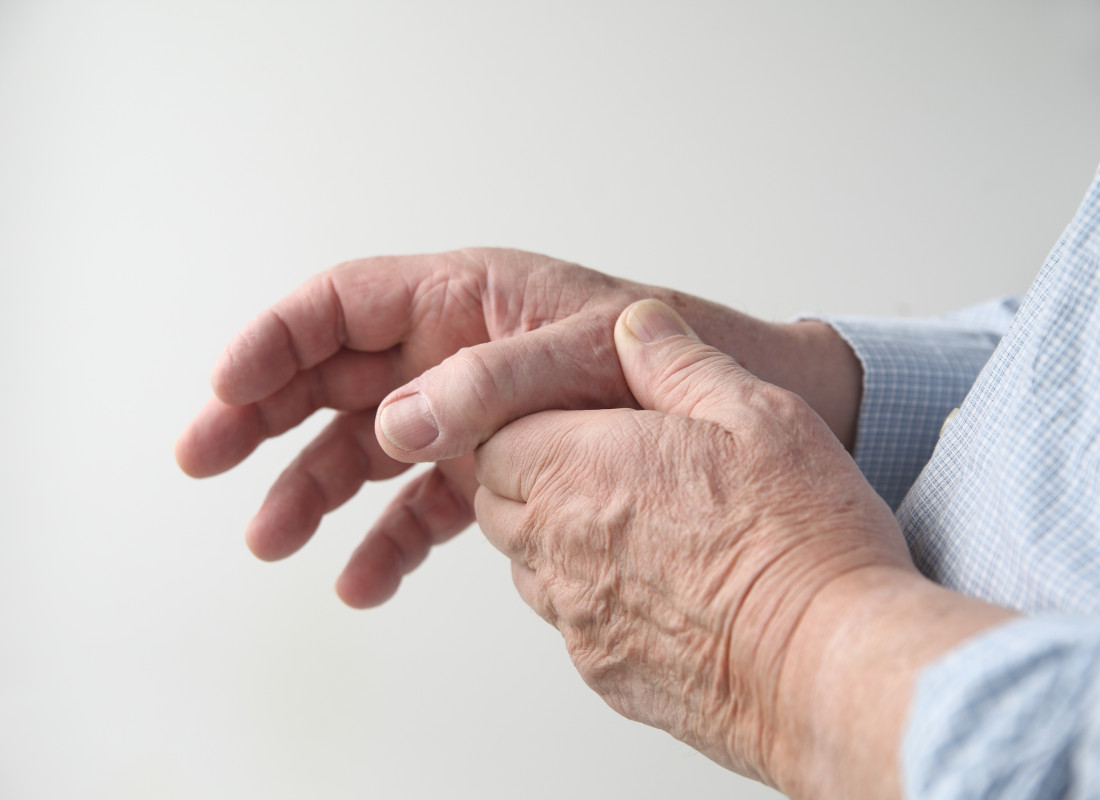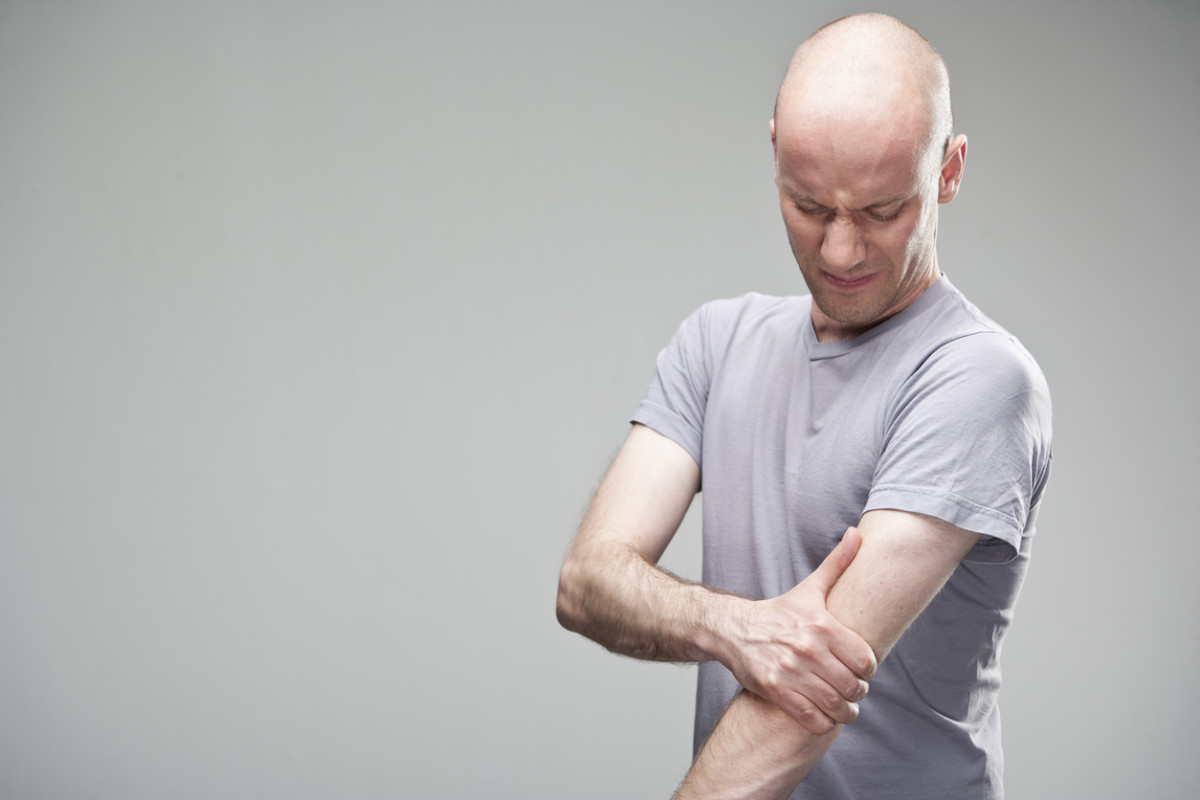
Approximately 50% of Australian women who have had children will develop some degree of pelvic organ prolapse in their lifetime. Pelvic Organ Prolapse is when the organs of the pelvis such as the bladder, uterus and/or bowel descend into the walls of the vagina. This occurs when the connective tissue that surrounds and supports the pelvic organs become stretched and potentially torn.












